Government Stimulus May Aid Company's Growth
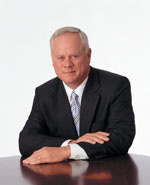 |
Dr. Stanton D. Sloane is the president and chief executive officer of SRA International Incorporated. |
It is a good thing Dr. Stanton D. Sloane loves the thrill of the hunt. As president and chief executive officer of SRA International Incorporated, Sloane will be scouring details of the $787 billion federal fiscal stimulus package and the new administration’s upcoming defense budgets for additional sources of revenue.
Based in
For his part, the former naval officer sounded upbeat about SRA’s prospects for new contracts under the plan. Even if the Obama administration makes good on its election pledge to cut overall defense spending, Sloane notes, much of that would come from downsizing projects for major platforms. Defense analysts cite the Future Combat Systems and the F-35 Joint Strike Fighter as examples.
“I would sure rather be in this business than be at a bank,” Sloane, 58, says in a style reminiscent of a penchant for deadpan humor. “It is a pretty good space to be in. If you are going to be a government contractor, I’d rather be in the IT space than the big platform space.
“I feel pretty good about that,” he continues. “The other dynamic that will affect the next couple of years is the stimulus and how that gets implemented. I believe that, in that, there will be opportunities for government services contractors.”
Sloane cites two areas of interest to SRA. One is cybersecurity. He points out that it is absolutely critical to the nation, and it must be addressed. Another good opportunity is health information technology. Most of SRA’s health business today involves information technology or is closely related to it, he allows.
Sloane estimates that health business overall represents about 12.5 percent of the $1.5 billion in revenue SRA registered in fiscal year 2008, which ended on June 30 of that year. Cybersecurity brings in roughly about 8 percent of revenue, for a combined figure totaling approximately 20 percent of sales.
National security, defined as defense and intelligence, represents about half of SRA’s revenues, Sloane says. Defense represents 70 percent of that segment, and the remainder comes from intelligence-related contracts.
“We have a lot of business with homeland security,” adds Sloane, who has a doctoral degree in management. “A lot of it relates to counterintelligence, counterinsurgence and infrastructure protection, analytical work and law enforcement. There is a lot of stuff related to that financial metric,” he emphasizes.
For the fiscal period ending June 30, 2008, revenues at SRA more than doubled over just four years from $615 million in fiscal 2004. That represents a compound growth rate of more than 18 percent per year.
Sloane’s official biography states that in his first five-year plan for SRA, he had targeted aggressive growth of up to 30 percent per year. In his SIGNAL interview, he indicated a much more modest annual growth goal of between 5 percent and 10 percent, explaining that SRA’s larger size means the company no longer can sustain growth at a breakneck pace.
April marked the completion of Sloane’s second year as SRA chief executive officer. He has been busy. Four months after joining the company, Sloane oversaw a $190 million acquisition of Constella Group LLC, a health technology company. According to Sloan’s biography, this represents the largest acquisition in SRA’s history.
About a year later, SRA acquired Era Corporation in a deal valued at $122.6 million. Era provides advanced surveillance technologies for the air traffic management, airport operations, military and security markets. The company gives SRA a boost in the international arena, as the subsidiary has clients in the Middle East, Africa, South America and
Much of the world now is moving away from air traffic control that is based on aging radar systems to new technology known as Automatic Dependent Surveillance-Broadcast (ADS-B), where Era has strong expertise. Radar works by bouncing radio waves from fixed terrestrial antennas off of airborne targets and then interpreting the reflected signals. But ADS-B uses conventional global navigation satellite system technology and a relatively simple broadcast communications link as fundamental components. Also, unlike radar, ADS-B accuracy does not significantly degrade with range, atmospheric conditions or target altitude.
Sloane personally is familiar with the importance of air traffic control. A former helicopter instructor, he is a licensed jet pilot who owns a Cessna Citation business-oriented jet that he keeps at
He and his wife live near
After obtaining a bachelor’s degree in professional studies with an emphasis on aeronautics, Sloane joined the U.S. Navy in 1976 and became an aircraft maintenance officer. He served aboard the aircraft carriers USS John F. Kennedy and USS Dwight D. Eisenhower.
While in the Navy, Sloane earned his master’s degree in human resources management from
Martin Marietta purchased the unit in 1992 and was itself subsequently acquired by Lockheed Corporation, which became Lockheed Martin Corporation. While at Lockheed Martin, Sloane obtained his doctoral degree from
Last December, SRA announced the creation of the Executive Office of the Chairman, designed to set the company’s strategic focus. In addition to Sloane, members include Dr. Ernst Volgenau, company founder and chairman, and Tim Akin, who became chief operating officer (COO), a new position at SRA.
“I am trying to get my focus external,” Sloane says of the moves. “We are kind of at an inflection point. We have converging issues—the economy, a change in administration, health information technology, cybersecurity. There are a bunch of things where now would be a good time to have an external focus.
“I can’t do that if I don’t have the internal elements of the company running efficiently,” he continues. “To put the COO in place was really an effort to beef up our internal processes and management oversight so that I can get my head outside, which is where I think my job is best for the company.”
Meanwhile, SRA maintains a backlog of orders totaling $3.9 billion. In the second fiscal quarter of 2009, which ran through last December, the company announced new orders worth up to $329 million. However, both operating and net income fell from the same time period last year by 34 percent and 40 percent respectively—results that Sloane said “disappointed” him.
But for the third fiscal quarter, Sloane remains more optimistic even though he has slightly downgraded earnings forecasts for the full year, meaning SRA will show modest annual growth. In February, the company announced two large federal contracts, a $200 million order from the General Services Administration and a $42 million deal with the Environmental Protection Agency.
In late January, SRA once again made Fortune Magazine’s list of top 100 companies to work for in the
“Recruiting and retention (of employees) also is a very big issue with our customers,” Sloane concludes. “We are essentially in the services business. Customers like to deal with people they think are going to be stable, and that the people who come with it are going to stay there. All that goes with being a good place to work.
“We have a very strong culture here of honesty in service, which is kind of our trademark. I think that spills over into our customer relationships, customer satisfaction. It has to do with why we’re on that Fortune 100 list. In our business, those are the competitive advantages and our core values.”
Web Resource
SRA International: www.sra.com
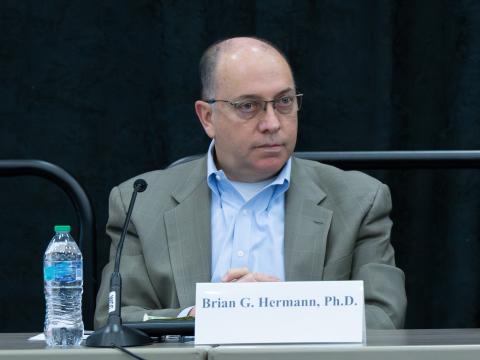
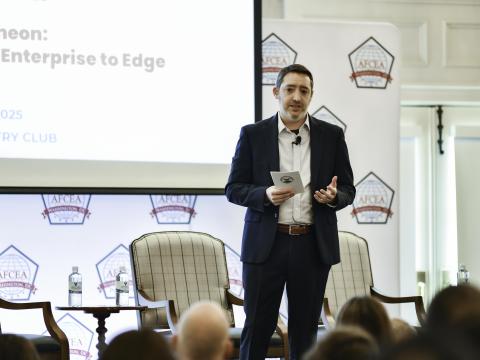
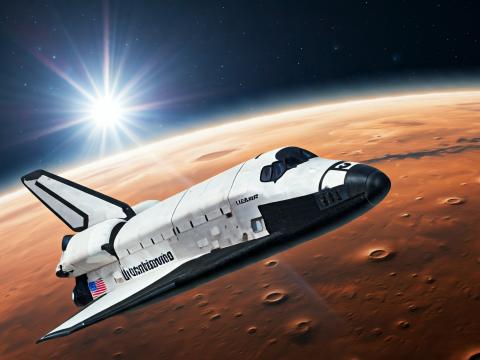
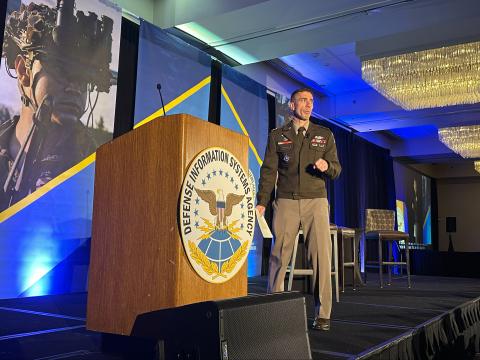
Comments